Click below to watch the video
The Windrose Compass. After establishing the four cardinal directions (video 1) our ancient architect now add more points to the 224 degrees in the Arab Windrose compass. (showing 32 different directions)
Transcript
Hello, I am Dan Gibson, and in this video series we are examining the question: How did the Early Muslims calculate the Qibla direction of their mosques?
This is the second video in this series. In the first video we introduced the topic, and looked at some of the challenges we will face, and what resources are available to us. Then we looked at how the builders of a mosque would calculate the four cardinal directions: North, South, East and West. These would be laid out on the ground. Now this video will be a little shorter, but it contains a lot of important information and concepts to grasp.
Once our architect has established the four cardinal directions, dawn out on the ground, the next challenge was to fill in other coordinates to the chart. In Arabic these were known as akhnām or directions. Now today everyone divides a circle into 360 degrees, but if you read the ancient Arab manuscripts, you will discover that they only had 224 degrees in the circle. This works very nicely, as they divided the circle into 32 divisions. How would our architect do this?
First he would measure out from the post in the ground equal distance on two lines that are already drawn. Most likely he would use rods preset for making measurements. Rods do not stretch and can easily be placed against the wooden post in the middle of his circle.
After measuring out equal distances, shown here with red arrows, he would put in a small post, and then using a string he would draw two circles. This would show him where the two circles intersected and he could add a middle line.
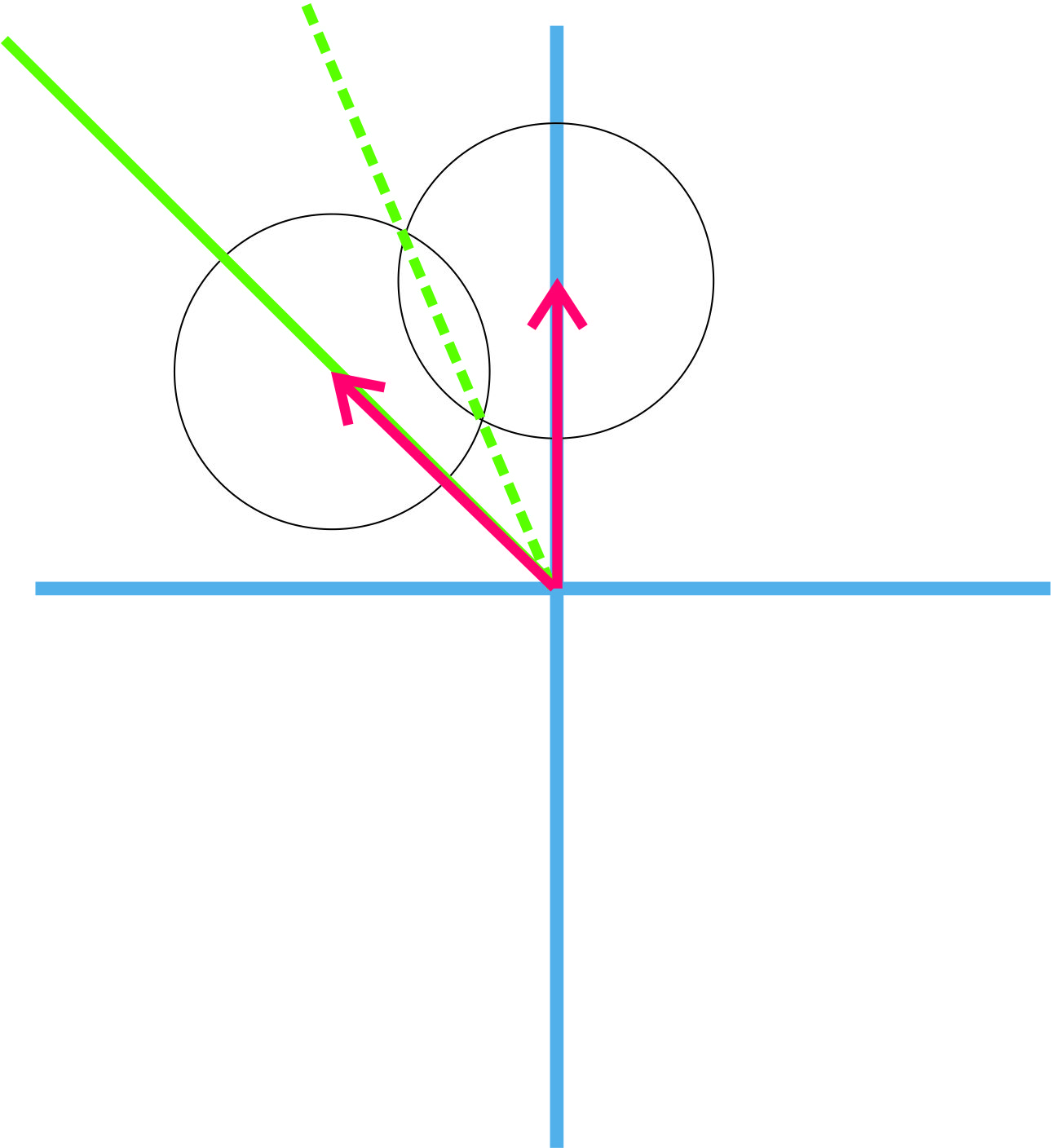
Finding a center line
Now this system can be duplicated to find the next center line between the two measurements. If our architect repeated the process he could create a full pattern.
In the end he would have a circle with 32 lines. These were known as Rhumb lines in Arabic which display the 32 directions. Every young Arab person knew that a circle was divided into 32 parts and each of these 32 directions had individual names.
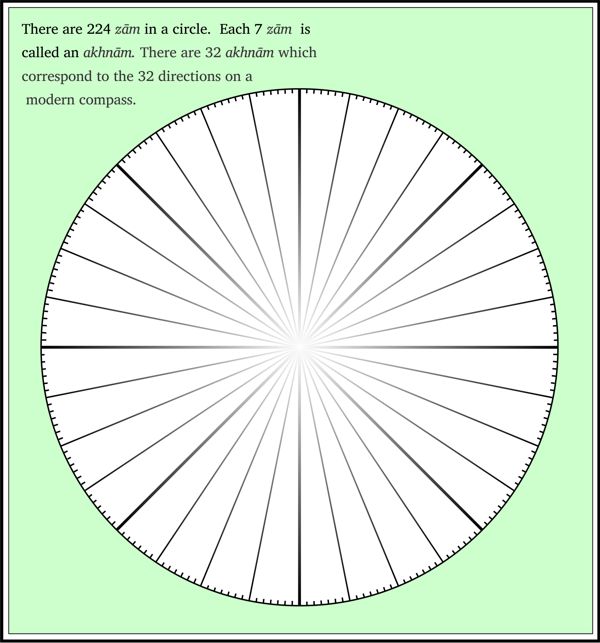
Full pattern of 224 degrees
Now notice in the illustration that the 32 directions could be broken down even further with smaller points called zāms. So seven zāms made an akhnām and 32 akhnām made a circle. This is sometimes referred to a compass rose, or a windrose. Incidentally, this is how we can tell an Arab chart from a European one. The Arabs had 33 points each with 7 zāms which made 224 degrees in the circle. The Europeans used 360 degrees. This created difficulties when transposing maps made from one area into another.
Now during the Middle Ages some early European mapmakers used a simple 4 point compass, some used and 8 point, some a 12 point, some 16 points, and then the Arabs with their 32 points.
The problem the Europeans had was trying to adapt the 32 point Arab compass with their system of 360 degrees, because there ended up being 11 ¼ degrees between points. Some sued the sixteen point rose and had 400 degrees in the circle. But that was the Europeans. It is easy to just adapt to the earlier Arab system of 224 degrees and not try to think in 360 degrees. Here is an image made by Ed Stevenhagen trying to fit the 32 akhnām onto 360 degrees.
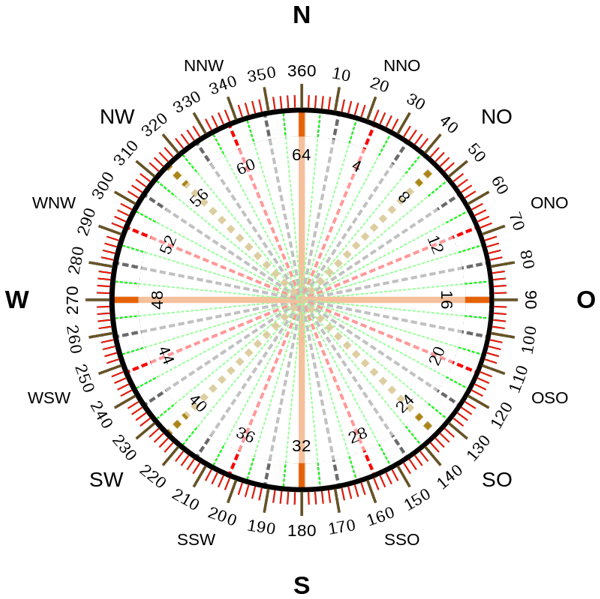
copyright Ed Stevenhagen, Public Domain
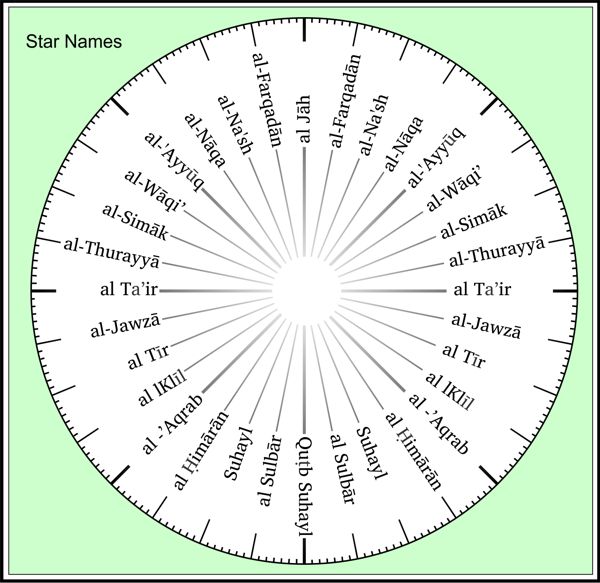
Arab Star Names
Here are the star names on the Arab windrose. Just ignore the degrees marked on this illustration for now. Notice how the Arabs gave names to each of the 32 akhnām. These were not just abstract names. You see the Arabs didn’t think of the circle as just something drawn on the ground, they saw the sky above them as a huge circle divided into these 32 akhnām.
So when they looked at the horizon they saw it in terms of being divided into akhnām sections. And each of the 32 sections were identified by a star that rose or set at that point on the horizon. The names of the 32 akhnām or directions were actually Arab star names. When you or I look at the stars, we usually just see stars. Maybe we might recognize some Greek or Roman constellations. The young Arab people, especially young Nabataeans knew the names of the 32 stars, and they could identify them in the night sky. More importantly, they could identify where these star rose in the evening and where they set in the morning. So they could draw it on the ground, accurately, and they could identify it in the sky.
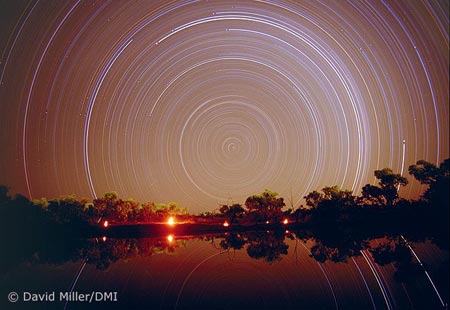
Star paths
Here is a time laps photo showing the stars rotating in the night sky. Thank you David Miller for this great photo taken from the website shown below. https://physics.weber.edu/schroeder/ua/StarMotion.html
So the Arabs had 32 star names. Memorizing them and recognizing them was not too difficult if it was part of your education. There are only 32 star names to learn and remember. These 32 star names were so popular that they also became the names for giving directions. Instead of telling someone to go north for a ways… they would tell them to go al Jah. Or north. Or they could pick any of the 32 direction and tell someone to go in that direction, and they would know which direction to. Today we use confusing terms like south-south-west. They had a much easier system.
This has been the second video in this series. In the next video we are going to learn how the Arab merchants calculated distance.
I am Dan Gibson, and this has been the second video in the series about Arab Navigation.
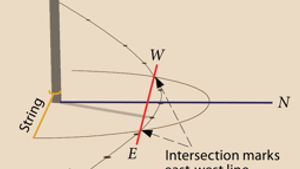
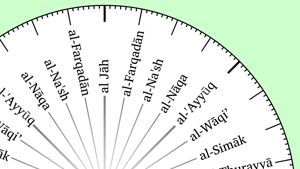
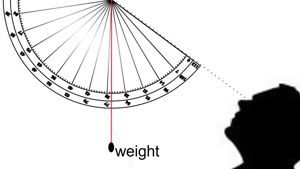
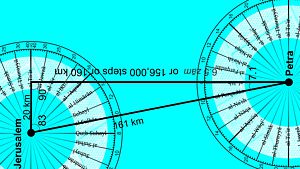
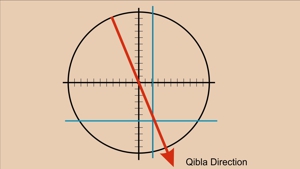
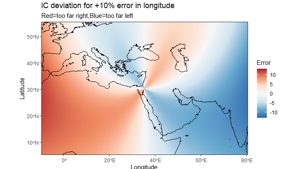

Page Discussion
Membership is required to comment. Membership is free of charge and available to everyone over the age of 16. Just click SignUp, or make a comment below. You will need a user name and a password. The system will automatically send a code to your email address. It should arrive in a few minutes. Enter the code, and you are finished.
Members who post adverts or use inappropriate language or make disrespectful comments will have their membership removed and be barred from the site. By becoming a member you agree to our Terms of Use and our Privacy, Cookies & Ad Policies. Remember that we will never, under any circumstances, sell or give your email address or private information to anyone unless required by law. Please keep your comments on topic. Thanks!